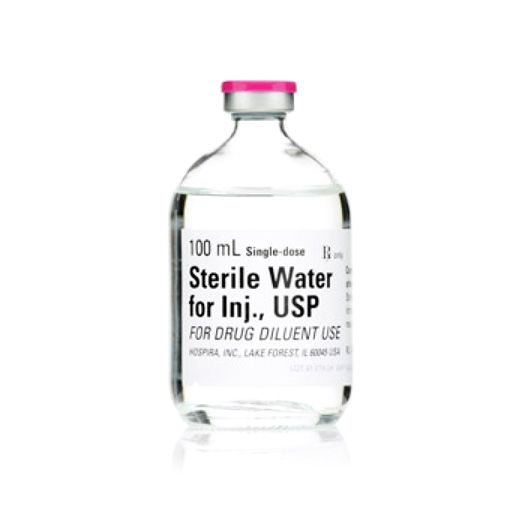WHO publishes Draft Guideline on Production of WFI
31.07.2019

The WHO has reacted to the changes in the European Pharmacopoeia by issuing a draft guideline on the production of WFI (Water for Injection).
The new WHO document regarding the 'cold' production of WFI contains the following chapters:
• Introduction
• Scope
• Monographs
• Life cycle approach
• Risk assessment
• Control strategy
• Good practices in the production of WFI
In the chapter "Monographs" it is merely pointed out that the manufacturer should have a specification for WFI and that the quality of the WFI produced should meet the requirements of the pharmacopoeias.
In the chapter "Life cycle approach" it is required that the production of WFI should comply with a "good practice" and that this refers to the treatment of source water, production, storage & distribution as well as control.
Under "Risk assessment" it is expected that an "appropriate" method for the production of WFI should be chosen and that risks relevant for the life cycle consideration should be included. It becomes somewhat more specific with the controls, which among other things should ensure that there is no risk of contamination for the water, no dead legs and in-line monitoring is used.
Especially the requirement for 0 risk of contamination is difficult to meet, considering that the tightness of membranes (as used in reverse osmosis) can never be guaranteed to 100%. In addition, WFI production by means of distillation is not without any risks. In the worst case, for example, endotoxins can be transported into the distillate during evaporation.
In the chapter "Control strategy", qualification and validation of the WFI production are required and the requirement for 0 risk is reiterated. In addition, there are requirements for the treatment of feed water. This should ensure that inorganic and organic chemicals have been removed, as well as particles and microbiological impurities. However, this treatment should not have any negative effects on the quality of the water treatment components. Thus a steam sanitisation of the currently available membranes is effectively excluded. It also becomes somewhat more specific when the possible treatment technologies are discussed. Deionisation, ultrafiltration, descaling, degasification, UV treatment are mentioned, which can be used in connection with a double pass reverse osmosis. At this point, it is not quite clear whether the double pass reverse osmosis is defined as the minimum technical requirement.
In the chapter "Good Practices" the quality of feed water used for the production of WFI is discussed. This should at least correspond to the quality of drinking water according to WHO or other national standards or the requirements for purified water (PW). This raises the question of whether the requirement of "drinking water according to national" standards makes sense, as this can vary widely from country to country. Monitoring and trending are also required; for conductivity and TOC, this should be done on-line. The monitoring of reverse osmosis membranes is also required.
The commentary phase is public; comments to the new guideline PRODUCTION OF WATER FOR INJECTION BY MEANS OTHER THAN DISTILLATION (QAS/19.786/Rev.1) may be submitted until 20 September 2019.
Source: www.gmp-compliance.org

